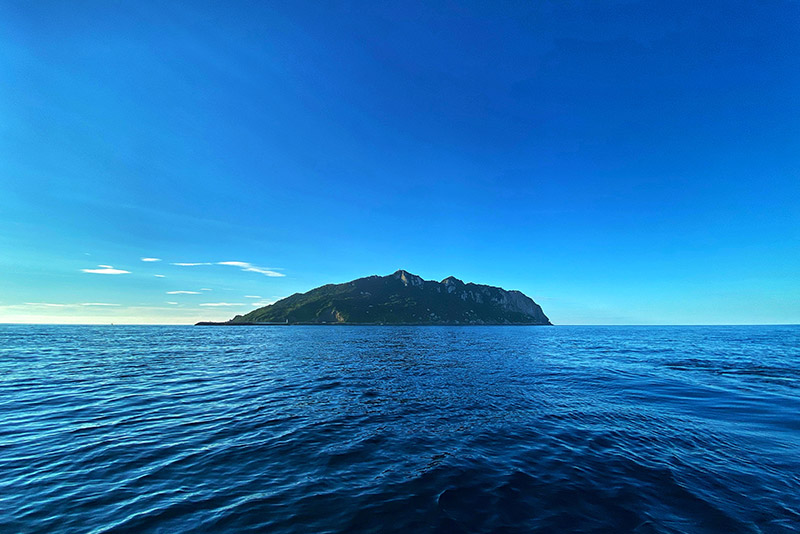Cultural Exchange Exhibition Hall—Special Display
Exquisite Offerings on an Island Shrine

Exhibition period:
2 November 2021 (Tue) – 5 December 2021 (Sun)
Venue:
Cultural Exchange Exhibition Hall, Theme 2 space
Introduction:
Okinoshima is a sacred island located off the coast of Munakata City in northeastern Fukuoka. This island, also known as Okitsumiya Shrine, forms the core of a larger network of shrines known collectively as the Munakata Shrines. From the fourth to ninth century, Okinoshima served as a ritual site where people prayed to the resident gods for safe travels as they sailed to and from mainland East Asia for trade. Around 80,000 offerings have turned up from ritual sites all over the island, and have all been designated National Treasures. These objects not only represent ancient worship practices that formed the basis for Shintoism, but also boast high artistic value in how they were created using some of the most sophisticated techniques of the time.
Exhibition Highlights

National Treasure Gold ring
From the Okinoshima ritual site no. 7, Fukuoka
5th–6th century
On display: 23 Nov–5 Dec (a replica will be on display from 2–21 Nov)
This pure gold ring was the most elaborately decorated ring ever to have turned up from Japanese soil during its time of excavation. Bearing a motif of a four-petaled flower, it was likely a highly luxurious object of its time, its quality on par with those buried in royal tombs of the Korean Silla kingdom.

National Treasure Gilt-bronze miniature of a floor loom
Reportedly from Okinoshima, Fukuoka
8th–9th century
This miniature floor loom allegedly came from a treasury on Okinoshima. It may be the oldest extant document we have on how ancient looms looked like in the past. This unusual offering also tells us how rituals on the island had been influenced by nation-wide worship practices dictated by ritsu-ryō governmental policies.

National Treasure Small jar decorated in tri-color glaze
From the Okinoshima ritual site no. 1, Fukuoka
8th–9th century
Munakata Shrine, Fukuoka
This small jar has a body made of white clay which was fired once before glazing. The ceramist then applied decorative glazes of white, green, and brown, before firing it again in low temperatures. Such a technique demonstrates influences from tri-color glazed ceramics from China and Korea.